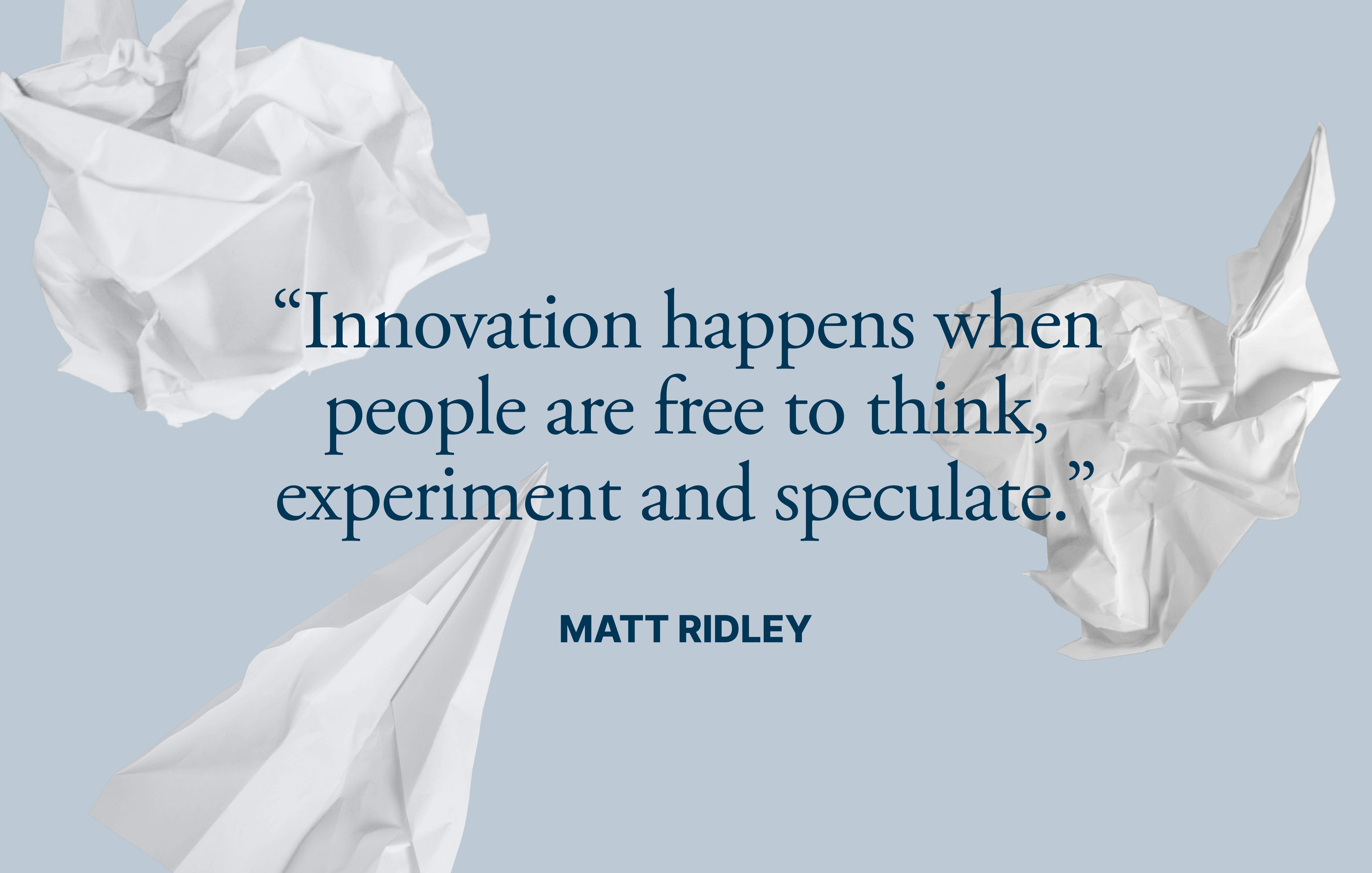
Sporting events are often seen as grand spectacles of skill, endurance, and competitiveness. Yet, while adrenaline and immense talent grace the field, a quieter yet powerful game unfolds off the pitch: the art of networking. These gatherings, attracting individuals from all corners of the globe, present an unparalleled opportunity to forge meaningful international connections.
The Global Arena of Sports
Sports have always been about connecting people, transcending boundaries, languages, and cultures. Events like the Olympic Games, the FIFA World Cup, and international cricket tours draw attendees ranging from heads of state to local enthusiasts. Herein lies the potent potential for networking. One is as likely to encounter a global business executive as an up-and-coming entrepreneur in the stands or at the concession stand.
Beyond the matches and cheers, sporting events serve as unique platforms for cultural exchange. Witnessing fans display their country’s colors or indulge in traditional chants adds layers of cultural insight, enhancing mutual understanding. Such environments, infused with a sense of belonging, create a fertile ground for both personal and professional interactions that resonate long after the event concludes.
The Universal Language
Considered a universal language, sport breaks down barriers that traditional networking platforms might not address. Conversations flow naturally around shared passions, whether it concerns a nail-biting match or admiration for a particular athlete. These interactions might effortlessly segue into partnerships and collaborations, bringing together individuals who may otherwise never cross paths.
Moreover, these gatherings facilitate lifelong learning opportunities. Engaging with individuals from diverse backgrounds opens windows to new techniques, strategies, and global trends. Each conversation offers the chance to learn about international market influences and cultural nuances—insights that can be pivotal to personal growth and professional advancement.
In line with its role as a hub for connections, the LIV Golf Adelaide 2026 event underscores the dynamism of global sporting gatherings. As a premier golfing spectacle, it attracts attendees excited not only by the sport itself but also by the prospect of expanding their professional circle through interactions with enthusiasts from various sectors.
Connecting with Influencers
An event attended not only by fans but also by influencers and industry leaders offers an unmissable window of opportunity. Sipping a coffee next to a CEO or waiting in line with an influential journalist renders the possibility of exchanging ideas and establishing a rapport that might prove beneficial. Leveraging these impromptu encounters to understand industry insights or even securing potential business leads is a tangible possibility.
Such events often bring unique panels, discussions, and workshops, which offer direct access to high-profile speakers and experts. These interactions provide valuable takeaways on leadership and strategic thinking, enabling attendees to informally absorb lessons from seasoned professionals who share wisdom built from years of experience within their respective fields.
Networking: Breaking the Ice
Starting a conversation can be an intimidating task. However, at a sporting event, where excitement and emotion run high, ice-breakers come effortlessly. Talking about the last-minute save, the weather, or even the snack options at the venue serves as a non-threatening introduction to deeper, meaningful dialogues. Networking in such a lively environment can turn acquaintances into friendships and casual banter into professional opportunities.
Spectators and participants alike share experiences that create natural talking points. Connecting over a shared moment—be it a breathtaking goal or an unexpected upset—paves the path to memorable exchanges. These shared narratives have a way of binding people together, strengthening networks, and making connections all the more significant.
Networking Beyond Borders
Sporting events are often the congregation point for a cosmopolitan crowd. The diversity enables attendees to broaden their horizons and stimulates learning. Discovering fresh perspectives from a German engineer or insights from a Canadian marketing director can open doors to innovations and collaborations that extend beyond mere sporting affiliations. It is networking on a broader stage, in every sense of the word.
The melting pot of cultures witnessed during such spectacles encourages innovative ideas to flourish. As people from varied backgrounds interact, they bring to the table solutions shaped by experiences distinct from each other. It is here, amidst the shared euphoria and kinship of sports, that new opportunities for cross-border alliances come to life.”
The Future of Networking in Sports
As sporting events continue to expand globally, their role in networking will only intensify. More opportunities will emerge as international staffing and remote work become more prevalent. The global sporting calendar will increasingly dictate the presence of influential figures and thought leaders, compelling many to converge for reasons beyond the game itself.
Conclusion
The trick to leveraging sports for networking lies in genuine connections founded on mutual interests. Observing plays while forging new relationships ultimately equates to a win-win. With the right mindset and approach, sporting events can serve as a meteoric rise beyond the seats of the stadium into spheres of global influence. This confluence of sports and networking promises a future where connections transcend conventional settings to thrive in the most unexpected arenas. Harness the power of the game—not just on the field—and you’ll score a goal in your professional life too.









